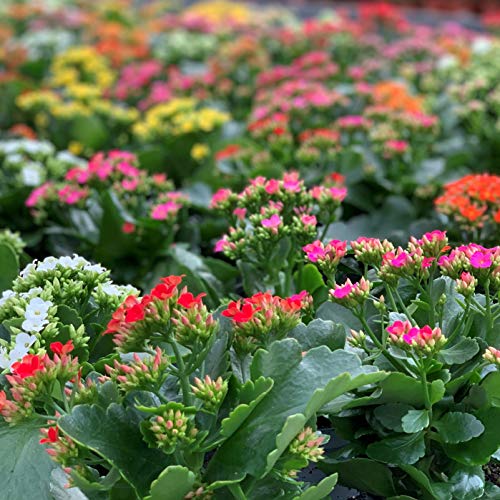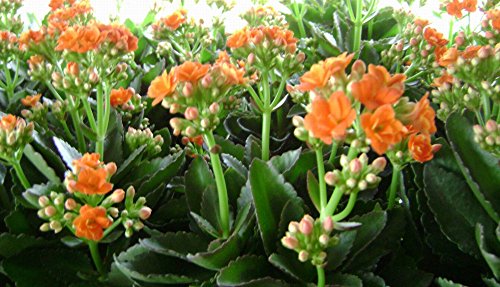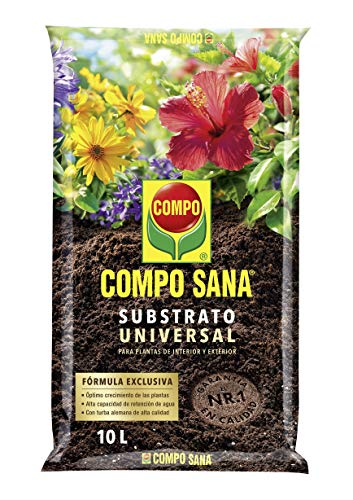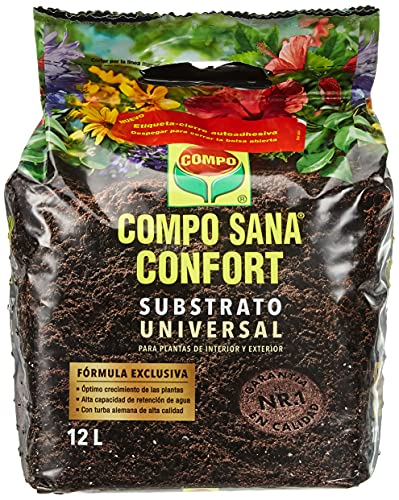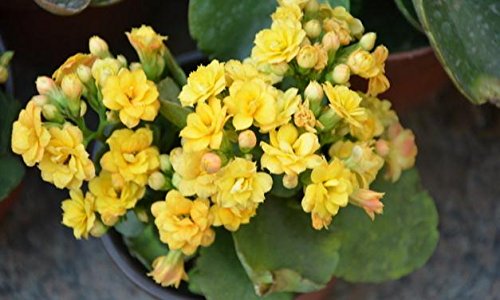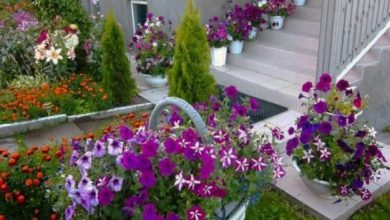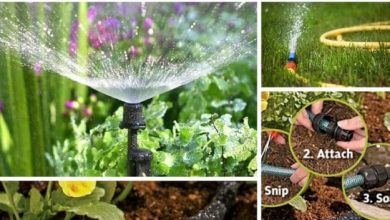Kalanchoe Cuttings in Water: [Associations, Best Time and Sowing]

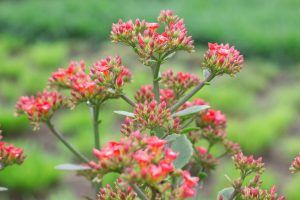 The kalanchoe has a particular beauty that no one is able to ignore.
The kalanchoe has a particular beauty that no one is able to ignore.
It is those small flowers, in infinite colors, that have the ability to give life to any space where you decide to place your plant.
It is very easy, since it is a species that adapts very well to life in pots, so you can have as many as you like.
And what better way to reproduce a beautiful, healthy and productive plant than through its cuttings? (pss, a fact, you can work them in water) Let’s see.
With what other plants or trees can we graft kalanchoe?
The practice of grafting kalanchoe is not common. The reason is that it is a plant with very good characteristics in itself. This means that it is not very prone to attack by pests or diseases.
In addition, it is capable of offering abundant blooms and in a varied color palette, which gives many possibilities for decorative purposes.
What is the best time to plant kalanchoe cuttings in water?
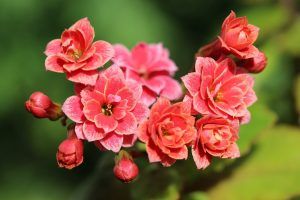 From mid-spring to summer you will have the ideal time to plant your kalanchoe cuttings.
From mid-spring to summer you will have the ideal time to plant your kalanchoe cuttings.
As you will work them first in water, where they will be able to generate the first roots, you have to ensure that the planting environment has the right conditions for their development.
So don’t wait until late in the summer for it to be in perfect shape come winter.
How to get kalanchoe cuttings in water to root correctly?
Kalanchoe cuttings in water will have the opportunity to purposely present their primitive roots in this highly hydrated environment. The important thing is that you keep it in a lighted and cool space, ensuring the change of water when to avoid rotting.
As in all cuttings that you work in water, remember that the part of the cutting that is submerged must be free of leaves. You should only keep the ones that are in the upper part to help the evaporation-transpiration process to be generated.
When planting in a pot, choose a substrate that facilitates water drainage, but still retains a certain level of moisture to help growth.
Remember that you have to open a hole that is big enough to place the cutting with its roots without damaging them. Then, add the necessary soil on top to give the cutting firmness and water so that it settles.
Locate the pot in a space that is cool, draft-free, and where it can receive indirect sunlight.
How should we take kalanchoe cuttings in water for planting?
The correct choice of a cutting will be the basis that will ensure a new plant with excellent characteristics in the future. So take the following into account:
- Select a plant that is healthy, vigorous and whose flowering motivates you, both for its color and for the number of flowers it is capable of generating.
- Take one or several cuttings that are between 8 and 10 centimeters long. As this is a plant that does not usually need pruning, you can carry out this process when you go to multiply.
- Clean the cutting in the lower 2/3 parts, removing the leaves and flowers if you have them.
How long should we leave kalanchoe cuttings in water?
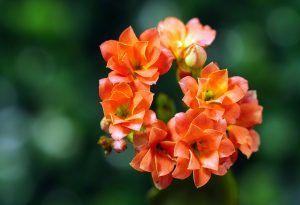 The working time of a kalanchoe in water will vary depending on the mother plant from which you have extracted the cutting.
The working time of a kalanchoe in water will vary depending on the mother plant from which you have extracted the cutting.
Normally, it takes between 15 days and a month to start showing the first roots and, from that moment, it will be ready for you to take it to a pot.
Working it in water is more convenient in terms of patience because you will be able to see the changes that are taking place, unlike what happens underground.
Is it convenient to use fertilizer or compost?
The use of fertilizer or compost in the substrate where you place the kalanchoe cutting that you have worked in water is positive.
Although it could be said that it is not mandatory, the nutrients that these components will give you will be beneficial for your growth. In the end, if you have a well-established plant from the foundations, that will help you a lot in the future.
How long does it take for a kalanchoe cutting to sprout in water?
Kalanchoe cuttings in water can take 2-4 weeks to grow their own roots.The kalanchoe also accepts the development of roots in the ground, so you will have these two routes to use the one that suits you best.
And since the growth of any species from the cutting is much faster than from the seeds, in a short time you will enjoy your new specimen.
Bibliographic references
- Effect of growth regulators and type of substrate on the rooting of Kalanchoe, E Villanueva, P Sanchez, N Rodríguez … – Terra …, 1998 – redalyc.org
- Protocol for the macropropagation of Kalanchoe blossfeldiana Poelln, LR García, MM Hernández, L Rivero… – Biotecnologia…, 2020 – scielo.sld.cu
- Protocol for the micropropagation of Kalanchoe blossfeldiana Poelln. from nodal segments, LJ Moreno-Bermúdez, LR García, M Pérez… – Biotecnologia…, 2020 – scielo.sld.cu
- Ex vitro acclimatization of Kalanchoe blossfeldiana Poelln, LJ Moreno-Bermúdez, M Pérez, Y Fernández… – Biotecnología…, 2018 – revista.ibp.co.cu
- About four taxa of the genus Kalanchoe Adanson in the Valencian Community (Spain), DG ORTIZ – Blancoana, 2003 – sites.google.com
- Fertilizer use (15-20-25) in the flowering stage of Kalanchoe blossfeldiana, ACN Lucio, DL Castro, RR Cabrera… – Revista Biológico…, 2017 – revistabioagro.mx

